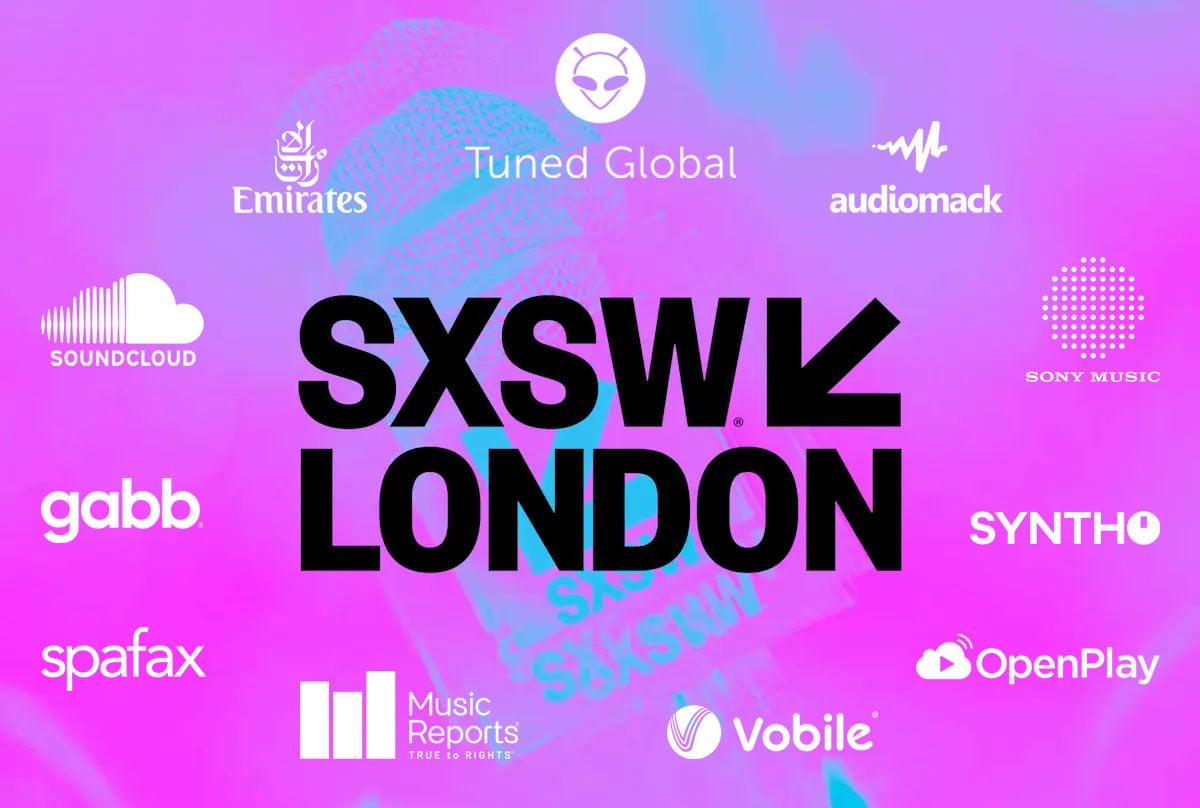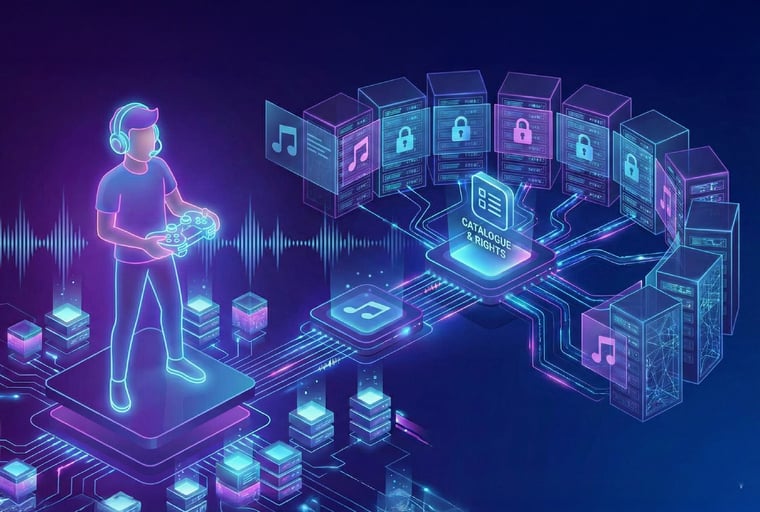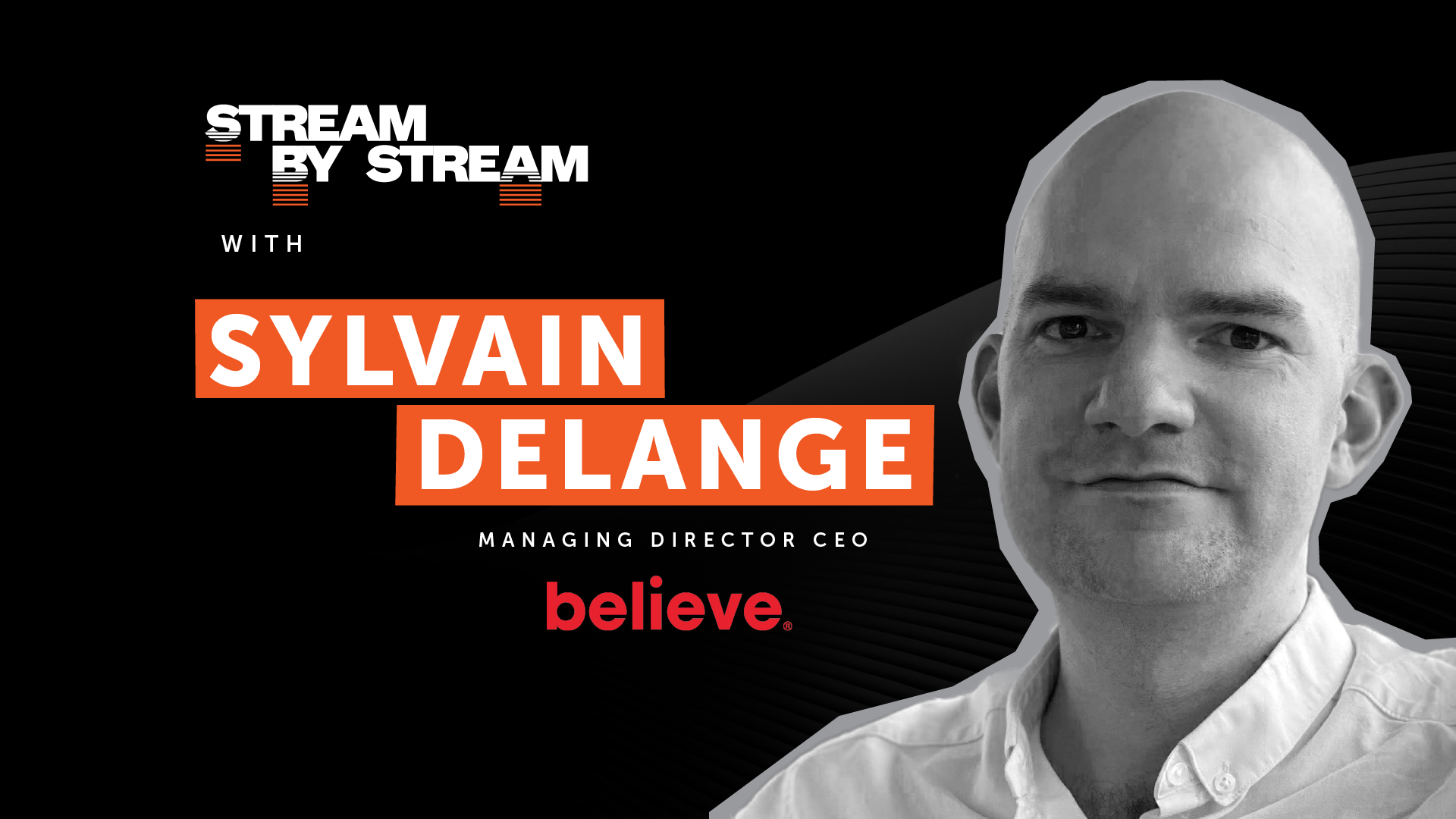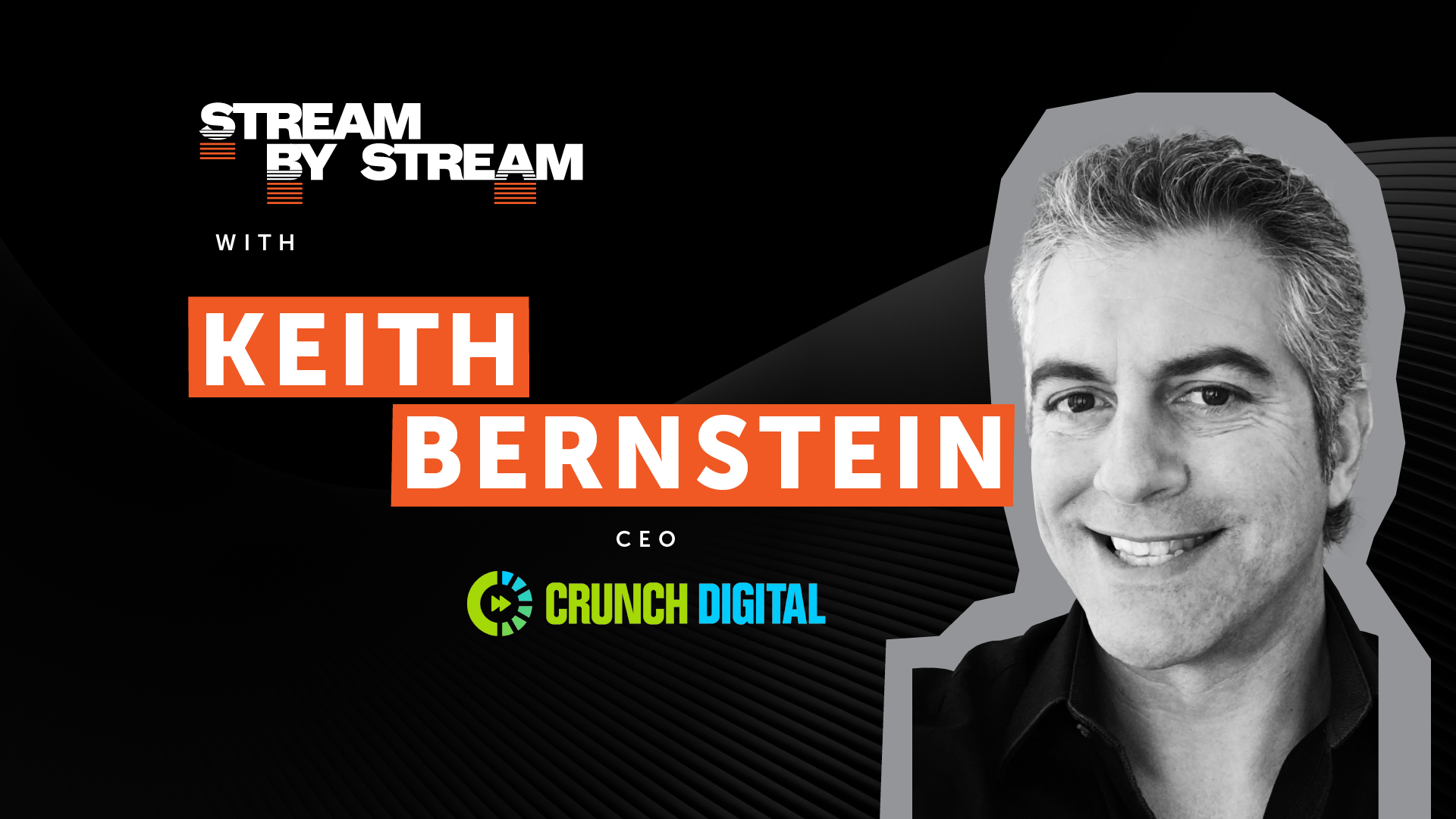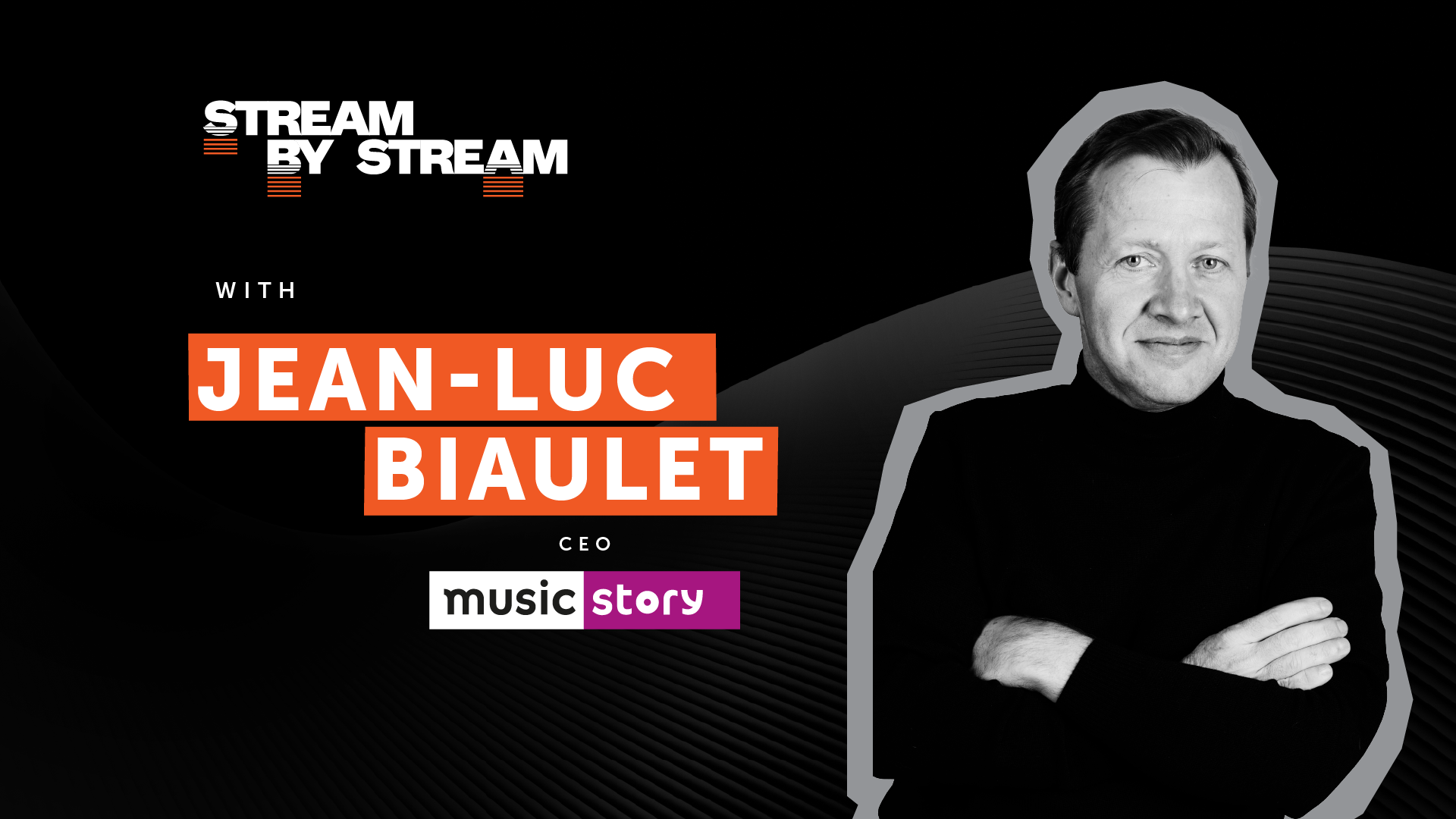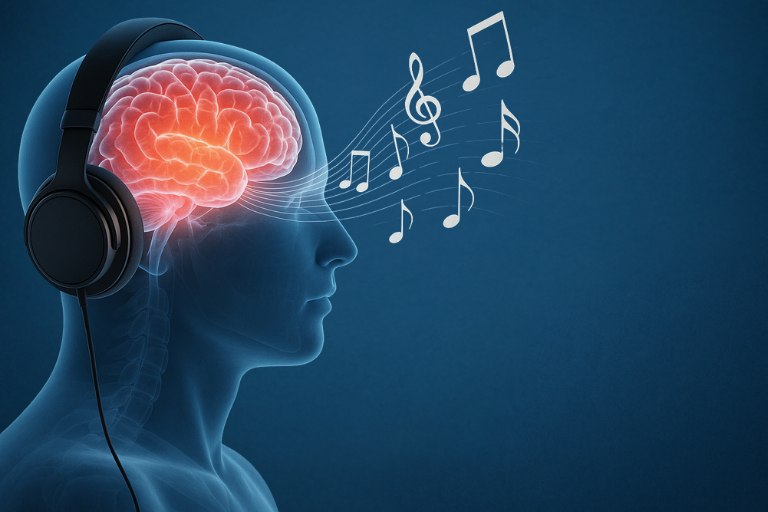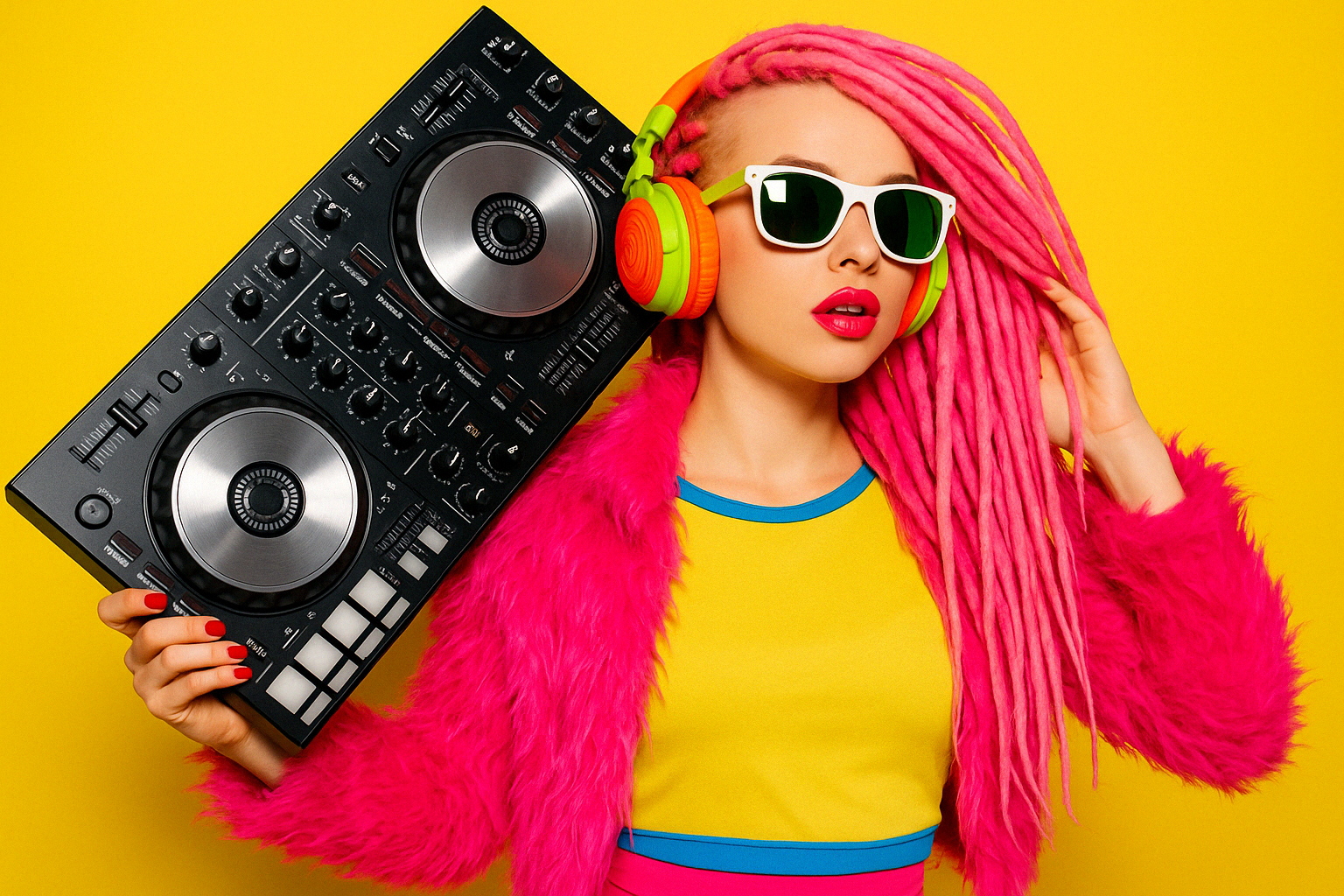Your message has been successfully submitted BUT...
#1 Check your inbox for the Confirmation email we've just sent to you.
If you can't see it, please check your Spam or Promotion folder and move this email to your primary inbox otherwise you may not receive the replies to your questions from our team.
#2 Fill out our Questionnaire so we can better understand your needs and tailor our answers.
👇👇👇👇👇





